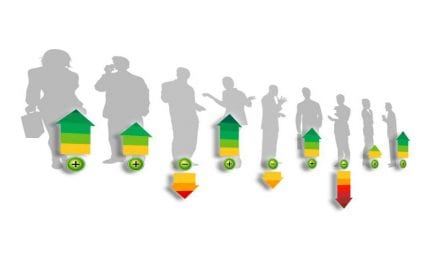A charrette is a time-tested method for bringing a creative group together in intense interaction toward a common purpose.
By Jack Cumming
At an industry meeting recently, a senior housing provider spoke of holding a charrette. Everyone looked puzzled. Even though, as it turned out, a charrette is a time-tested method for bringing a creative group together in intense interaction toward a common purpose.
The coinage betrays the concept’s French origins. Architectural students, working on a group project with a fixed deadline, would use a cart to hold their models so they could be wheeled to the judges at very last minute. Voilà! Charrette = little cart. The key components are the group working together, the highly focused intensity, and the pressure of the impending deadline.
It’s New, Or Is It?
Intense teamwork in pursuit of a better outcome is not new. At one time, it was called “brainstorming”, which led to the cliché, “Let’s run it up the flagpole and see if anyone salutes.” We’ve all participated in programs in which tables discuss a topic and have a reporter to share thoughts with the larger group. The hope is that everyone – even the introverts – will have an opportunity to contribute and a consensus and new breakthrough ideas will evolve. Sometimes that works and sometimes it doesn’t.
In organizational circles, we’re evolving from hierarchical structures toward team structures. Still, no one is fooled when the boss speaks of “my team.” “My team” is not like a sports team committed to prevailing in an external contest. Members of “my team” know that they had better listen to the “team leader,” no longer a boss but now expected to be more of a “coach.” Sometimes that works and sometimes it doesn’t.
Teamwork in a Complex World
Now charrettes are coming on the scene to help senior housing providers cope with new challenges such as value-based pricing, pharmacy benefit management, etc. A charrette is particularly useful where the best way forward is not yet clear, or where it’s essential to bring a group together with a common vision. Consistent with its architectural origins, Andres Duany and Elizabeth Plater-Zyberk, partners in bringing “New Urbanism” to America, used charrette concepts to help developers engage impacted local community members early in the process. Not only did this lead to more acceptable design concepts, but it also reduced community pushback against development.
In senior housing, the need is often to bring a group together to try to master the complexity of new reimbursement or regulatory requirements. Mastery is not easy. It requires change from concepts with which people have long worked. It can be easier, though, to learn in a group context, where everyone has the same need and the same purpose. Moreover, bottom-up learning can stick better than top-down teaching. It’s particularly effective where the best methods aren’t yet clear.
Stepping Up the Intensity
That’s where that old concept of a charrette comes in. People are called to an intense, multi-hour gathering designated as a “charrette.” Since few of the participants know what a charrette is, they know that this will be a different kind of meeting. Too often, meetings are dominated by a few people with others looking at their watches wondering when it will end. Charrettes are intended to engage everyone intensively.
Effective facilitation of a charrette brings everyone together. No one is invisible. Everyone participates. And, as the common focus grabs the attention of the individuals, their personalities melt away in pursuit of the common, shared objective. In short, they become a team, a real team, trying to excel beyond the managerial hierarchy. Will “charrette” become a buzzword for the 21st century? We’ll have to wait and see, but it is promising.








